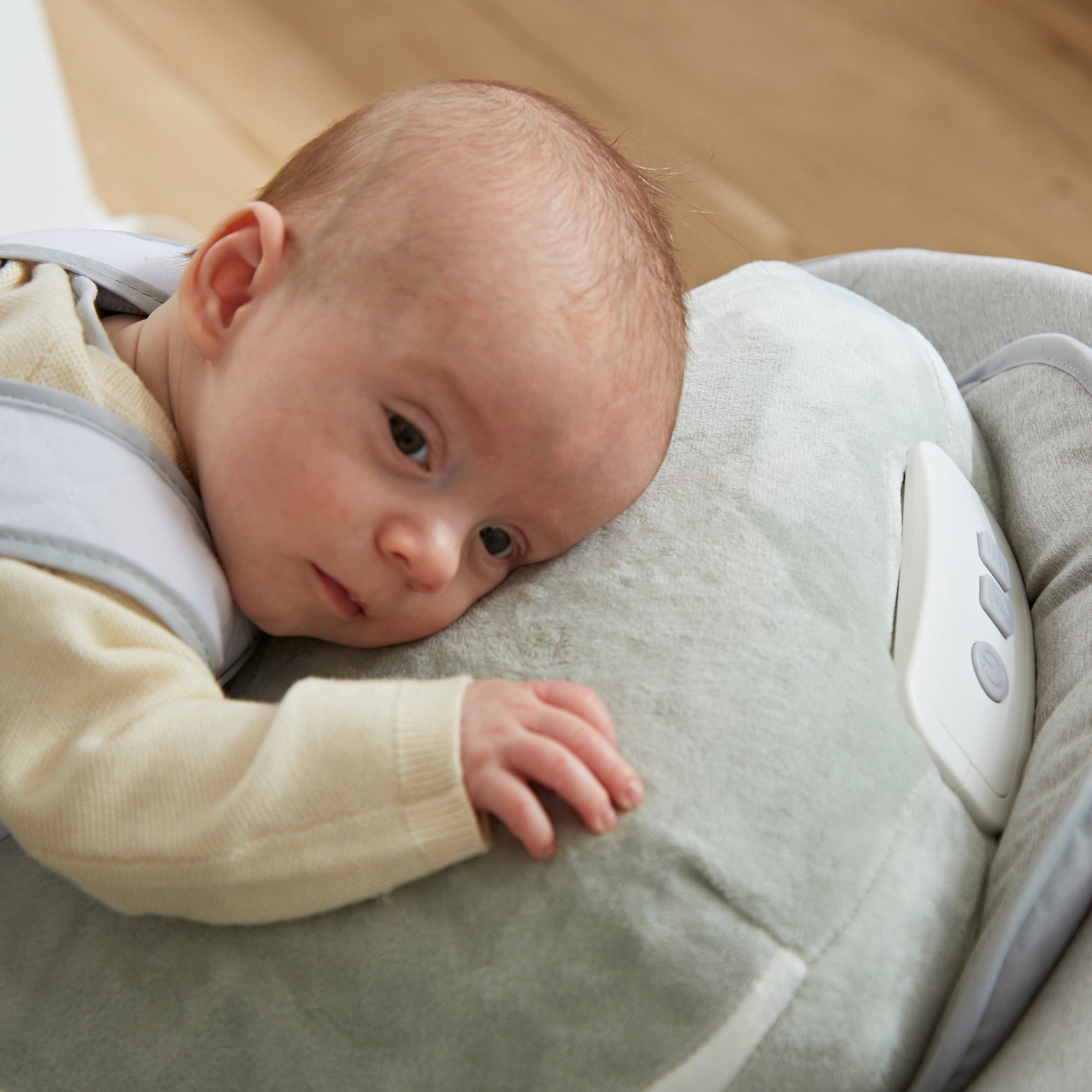Reflux in newborn babies is much more common than you think. While many do suffer from it, it can be a stressful time for both the parents and the baby.
What is Reflux?
Baby reflux occurs when an infant’s milk travels back up their oesophagus, rather than sitting in their stomach. In the first year of life, the muscle which holds food in the stomach may be underdeveloped, which can result in food, milk, or stomach acid travelling back up the oesophagus.
Signs and symptoms of baby reflux can include:
- Bringing up milk during a feed or shortly afterward
- Hiccupping or coughing when feeding
- Not settling or crying, particularly after a feed
- Being unsettled whilst feeding
- Gulping or swallowing after feeding or burping
- Not gaining weight or losing weight
In some cases, a baby may exhibit signs of reflux without bringing up any milk. This is commonly known as silent reflux.
When does reflux peak?
Sometimes called gastroesophageal reflux (GERD), the condition usually peaks at age 4 months and goes away on its own between 12 and 18 months of age as the muscle that controls the flow of food matures. Very few babies with reflux (less than 5%) have any persistent symptoms.
Can reflux get worse with age?
Reflux becomes less common as a baby gets older and rarely, infant reflux can be accompanied by worrisome symptoms, such as failure to thrive or weight loss. If symptoms do persist, it may indicate a medical problem, such as an allergy, a blockage in the digestive system, or gastroesophageal reflux disease (GERD) which is a more severe condition.
GERD may cause more troublesome symptoms and complications. Symptoms include slow weight gain, irritability, unexplained crying, and sleep disturbances. GERD requires treatment to avoid tissue damage to the lining of the food pipe.
How do you treat reflux at home?
If your baby has reflux, their positioning is extremely important. When feeding, you should hold your baby as upright as possible. This helps to minimise the chances of milk travelling back up the oesophagus.
Take the time to wind them regularly during and after a feed and try to feed them slowly. In fact, feeding little and often may be the ideal solution. This will allow their small tummies and digestive system to make the workload more manageable.
How can Babocush help?
Fortunately, you can use specially designed products to assist you. With the babocush cushion, for example, your baby is supported in a semi-upright position, just as they would be in your arms. With a five-point harness to fasten them securely, you can be sure your baby is safe whilst they’re gently soothed. The gentle vibrations and heartbeat help further to relieve the symptoms of wind/gas pains and reflux.
Important To Remember
Although it can be distressing for both babies and parents when reflux occurs, it is a common condition that can typically be resolved by making slight alterations to your baby’s feeding routines and positions.
Related blogs:


